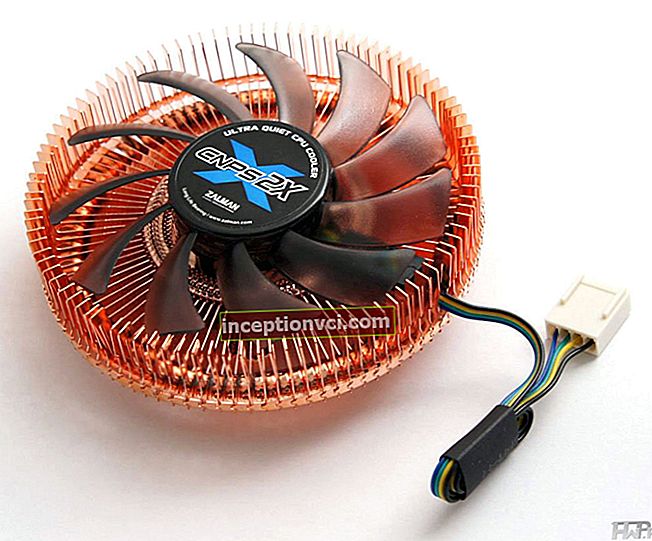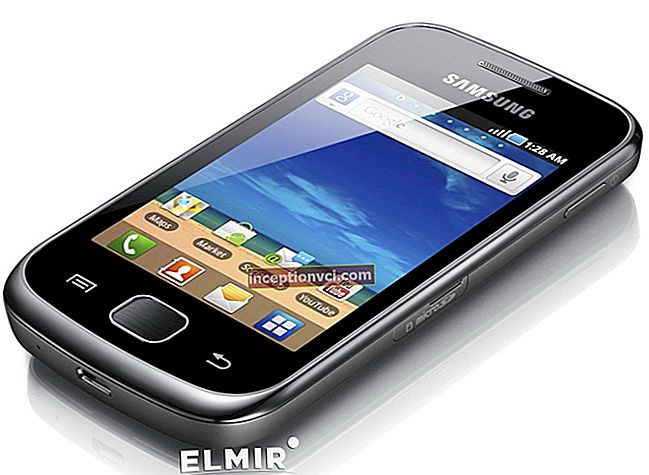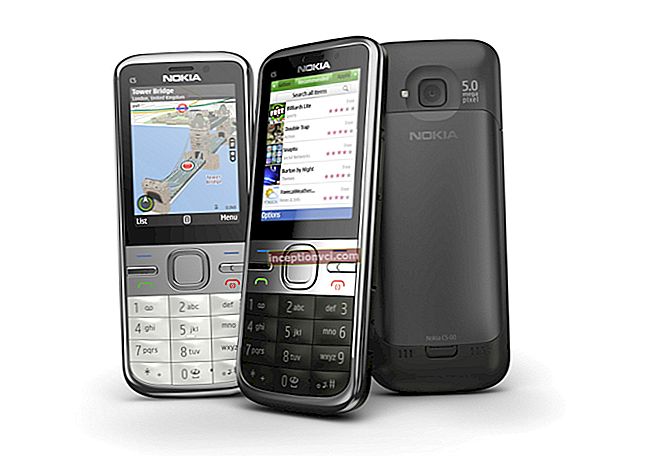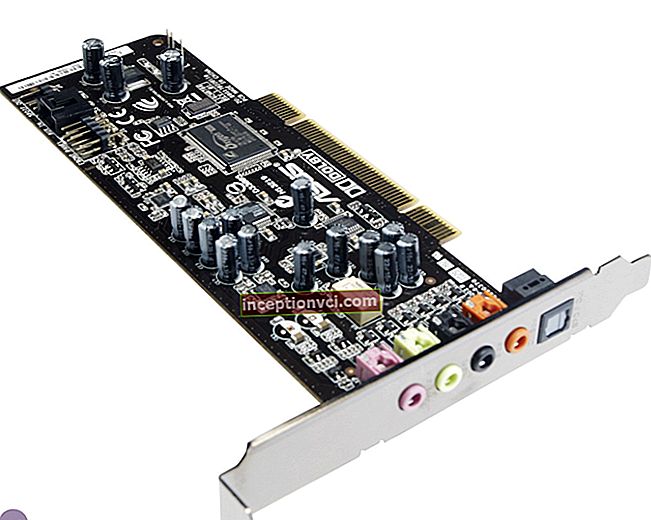A synthesizer is an electronic musical arranger that contains a ton of styles and sounds. You will be able to experiment with sounds and rhythms and create your own pieces.
To choose a synthesizer for training, it is worth looking at two types of models.
- Entry-level synthesizers
Designed for child education and entertainment. Select models are equipped with backlit keys that can be switched off and voice-guided step-by-step training. Most of these instruments have 2, 3 and 5 octaves (32, 44 and 61 keys), which is quite enough for variations with sound. Example of initial models CASIO SA-47, CASIO SA-76AH7 and YAMAHA PSR-E253.
- Basic
Suitable for beginners and more experienced musicians. They include tutorials, quality Voices, advanced features and controllers for live performances. Such models reproduce the juicy sound of any shade and pull. Just have time to turn the knobs!
- The built-in Phrase Looper lets you save musical sketches and record accompaniment for your solo part.
- The synthesizers are equipped with built-in acoustics and two USB ports:
- one - for connection to a computer and use as a MIDI keyboard.
- the second is to save your compositions in WAV format directly to a USB flash drive. An example of basic models is Casio XW-P1K7, Yamaha PSR-E453, Casio CTK-2500K7.
The synthesizer models have a different interface. We suggest looking at the infographic on the example of the Casio LK-260K7, so that you have an idea of what the numerous buttons on the instrument case are responsible for.

How to choose a synthesizer for beginners
It is worth taking a closer look at synthesizers with backlit keys. I recommend CASIO LK-127, LK-136K7, LK-240K7, LK-260K7. They have a rich variety of tones, including piano, flute and guitar tones.
- Stereo samples are used for the piano tone. They give reality to sounds.
- Reverb effects create the feeling of playing in a concert hall.
- The chorus effect gives the melody an extra flavor.
The training mode is based on the songs embedded in the instrument. It includes step-by-step lessons - for the left and right hands, and simultaneously for both. Initially, you can listen to music and slow down its pace. When playing, the keyboard is backlit, you will know which key to press.
The display shows a picture of which finger you should play and the notes are displayed. The image is accompanied by a sound message. The Waiting function adjusts the tempo of the song to your performance — delaying the accompaniment as needed until you play the correct note.
Watch a video on how to choose a synthesizer for a child, using the example of CASIO LK-127
How a synthesizer differs from a digital piano
Don't confuse digital piano and synthesizer. They differ from each other in sound and feel when touching the keys.
| Digital piano | Synthesizer |
| Focus on the sound of grand pianos and piano tones. | Melody for any accompaniment with the ability to change sounds. |
| "Hard" keystroke simulates piano playing. | Sensitive keys: when pressed strongly, they make a loud sound, when pressed weakly, they make a quiet sound. |
| The hammer action of the keyboard reproduces the sound of a concert grand piano. The organ and harpsichord timbres allow you to play the works of Bach and Beethoven. | The simplified (basic) mechanics combine the keyboard, sound generator, sound effects process, sequencers, and database storage. You will be able to create, process and play music. |
Which is better, a synthesizer or a digital piano?
If there is no room in the room for a bulky piano, then a synthesizer is the right option. It is mobile, you can put it in the place where it is convenient for you, carry it or hide it.
Even if you don't know how to play a synthesizer, you can experiment with different instrument sounds and rhythms. You can't do that with a piano. But if you feel like playing music at night, you can plug headphones into your digital piano and synthesizer without worrying about disturbing your neighbors. The sound of the instruments will be generated in the "ears", rather than spread throughout the room.
Useful article: "How to Choose a Great Sounding Speaker System"
See YAMAHA PSR-E453 Synthesizer Review









